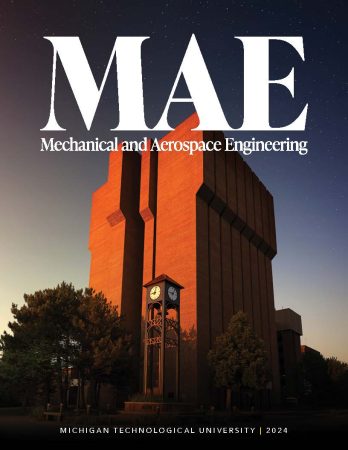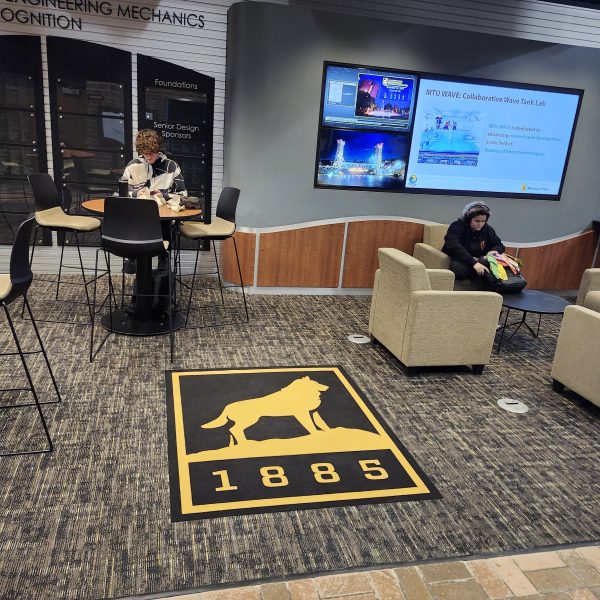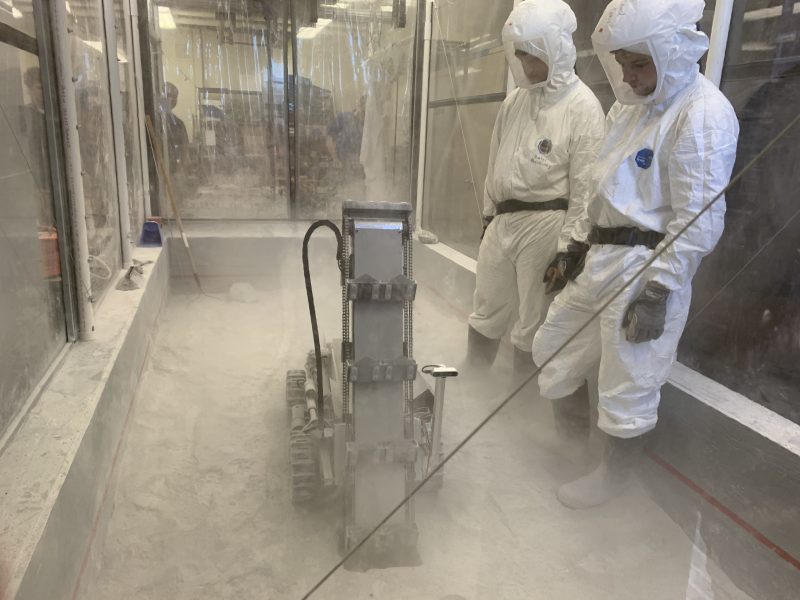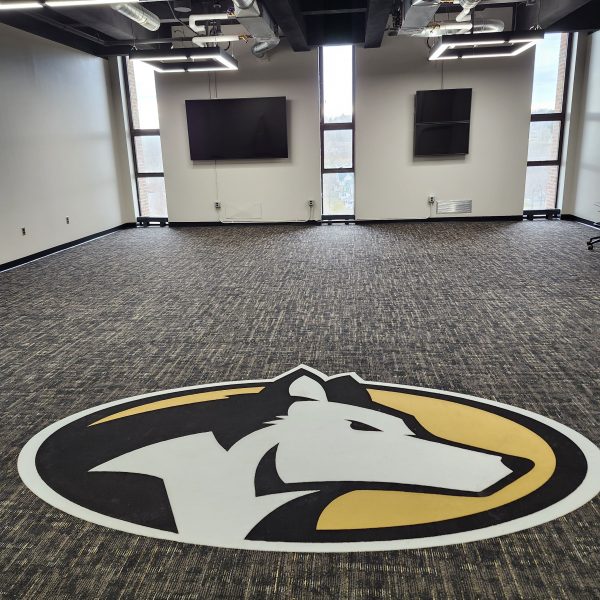We are pleased to report on the significant momentum and growth within our department. The launch of our new Bachelor of Science in Aerospace Engineering program has been a resounding success, driving a record number of first-year student enrollments.
Enrollment Growth and Strategic Expansion
This fall, our department saw a total of 400 student deposits, a remarkable increase from our typical 315. The new aerospace engineering program enrolled 70 students, while our mechanical engineering program maintained a robust class of 340 students. This data defies conventional expectations that the introduction of a new program might cannibalize enrollment from an established one. Instead, it demonstrates strong, synergistic growth across both disciplines. Our department now accounts for an impressive 24% of all deposits across the university, positioning us as a key driver of institutional growth. To support this significant expansion, we are also welcoming eight new faculty members this year to bolster both our new and existing programs.
Investing in World-Class Infrastructure

To accommodate this expansion and ensure our students and faculty have access to cutting-edge resources, we are in the midst of a major infrastructure overhaul. Renovations — spanning four floors of the department’s buildings — are on schedule to be completed by the end of the year. This project includes the development of new, specialized laboratories for wind tunnels, turbines, and rocket engines, along with modernized lecture halls and a dedicated student collaboration space designed to foster interdisciplinary work and innovation.
This strategic investment in our facilities, combined with our strong enrollment trends, underscores our commitment to excellence in both education and research. We are confident that these enhancements will further strengthen our position as a leader in mechanical and aerospace engineering, preparing the next generation of industry and academic leaders.


